#and their relation to symmetry
Text
Explaining a beautiful mathematical concept and the person asks for the real world application like bitch first off the real world application is it makes me personally ecstatic and second it doesn't need one because it's my special little princess concept
#math#mathblr#this one specifically was about algebraic curves#and their relation to symmetry#ie how you can tell by the equation of the curve#some of the symmetries it will have#which is so fucking awesome
5K notes
·
View notes
Text
New Ramattra Lore



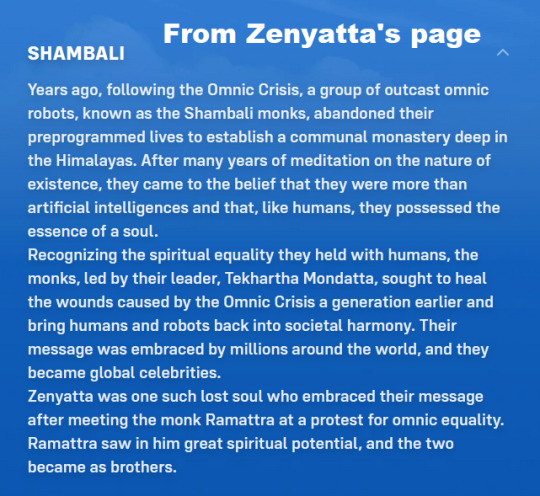
All from the new Blizzard heroes page!
#ramattra#overwatch#i have.... thoughts#Genesis definitely implied all omnics 'met' or at least 'heard' aurora during the awakening#so the 'heard rumors about her' bit is awkward unless they just mean 'rumors about what her life was like'#also zen being at an omnic rights rally........#ALSO ZENS PAGE? GREAT#Zen 'seeing the limits of shambali teachings' and deciding the best way to repair omnic/human relations is to engage#god the symmetry w them is so good
54 notes
·
View notes
Text

Town center.
#Illustration#art#radial symmetry#fantasy illustration#horror illustration#cityscape#I have a fair bit of art related work to do but instead of any of that I did this#Ah well. tomorrow is another day.
22 notes
·
View notes
Text
wings
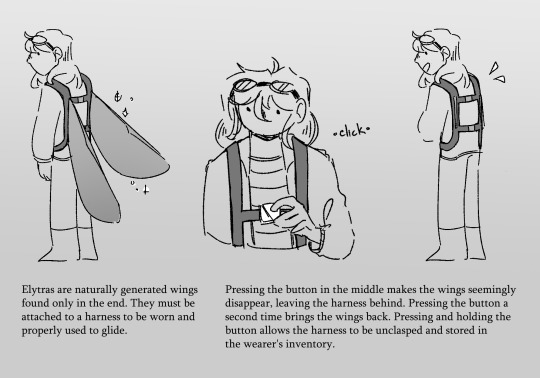

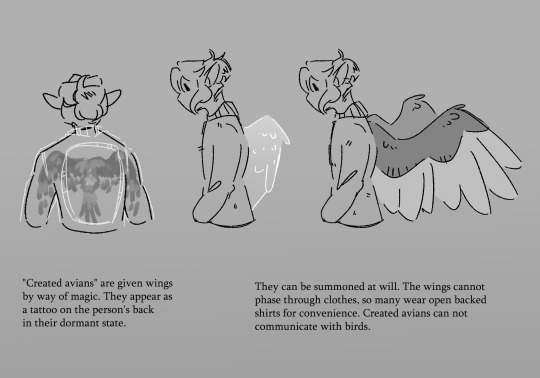

minecraft/lore stuff :0
#avian has become a general term#AW MAN accidentally didnt queue this & posted it way too early so i panicked and now i have to retype the tags#headcanon.png#minecraft worldbuilding#mcyt#false symmetry#joey graceffa#grian#goodtimeswithscar#stress and joe are there too but u cant see their faces so it doesnt count#minecraft#i dont remember what tags i had on this originally . help#sundewart#OH YEAH. the bit abt is bc iirc avian is just a term relating to birds but here its All Winged Individual#it was originally just ppl with feathered wings but ppl started using the term more broadly so . it became a more broad term lol#i like when words do that :) they morph and change and they might not mean exactly what they used to#digital art
241 notes
·
View notes
Text
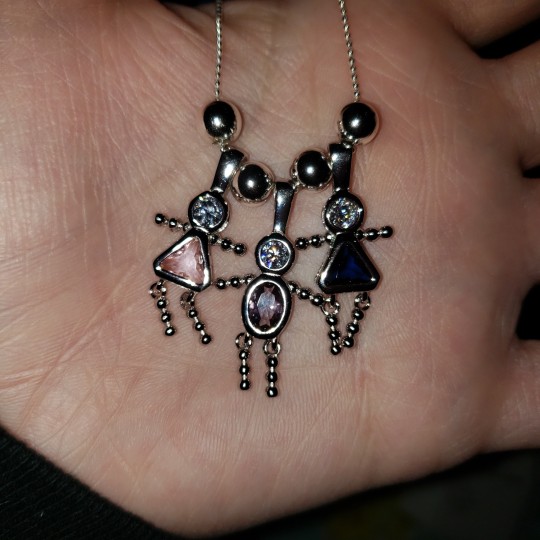

Christmas presents to subtly remind your parents that you're trans /j
#im kidding im kidding#..but also 👀#the middle one is me btw#im in the middle bc [1] middle child (ofc) and [2] symmetry reasons#trans#queer#<- tagging so my fellows can relate#lgbtq#lgbtq+#lgbtqia#transgender#ftm#listen.. i can vaguely recall my mom having those kinds of “your kids' birthstones” things when i was small#so i am simply...... updating them
16 notes
·
View notes
Text
I'm so glad I had Death The Kid as OCD representation as a kid. Before I even knew what OCD was, I knew me n Death The Kid were really similar :)
#soul eater#death the kid#ocd#death the kid is so... The one episode where he was obsessing over the symmetry of certain numbers was so funny and relatable#though symmetry isn't a thing for me
8 notes
·
View notes
Text
Anyway actually daily reminder to please watch the good place. It's so good and has such a good message and is funny.
#stuff sarah says#and im v partial to my type of ocd representation as well#bc it isnt always symmetry or handwashing#sometimes it agonizing over a muffin choice and thinking you were sent to hell for drinking almond milk#bc you know growing almonds is not efficient for water but you really liked almond milk in your coffee#and im forever grateful to chidi for being a character i can relate to in that way
5 notes
·
View notes
Note
Dad's name is Spirit.
No wonder you don't remember it though, he was rarely addressed by it.
I think I thought it was Reaper cause he was a death sythe (And I haven't watched that show in years to be fair)
I also thought he WAS Death before I remembered Death was this goofy motherfucker

#i'm also mildly curious who death had a kid with??#because how is his son just lik a normal dude#i loved death the kid tho his need for symmetry is relatable.#honestly the only character i didn't really like was blackstar#asks#horror lady00
3 notes
·
View notes
Note
ooh you're reading the wasp factory! i remember trying to read it as a teen but i didn't get far into it. nor do i remember what it's about. but i would love to hear any thoughts you have on it
not many thoughts so far- im bout 22 pages into it i think! the wasp factory really drop kicks you into its narrator's pov without much warning but im having fun trying to decipher all his little rituals and the world he lives in- ill try and update you with more thoughts after i get a little further!
#dellete#so far its about two brothers with a long recorded history of hurting animal and peoples around them#*animals and people. yeah. wuh#i will say i find the narrator pretty relatable in how he thinks about things. the rules he assigns certain concepts. theres a bit#where hes talking about symmetry#that i found really relatable#bearing in mind that growing up i really#wrangled with my sense of empathy#in ways that i dont think anyone around me coul#make sense of#so i am enjoying it very much so far#for that sense of like haha! heres a nod to how it was!#loyalhorror
1 note
·
View note
Text
*Looks at clock and sees 01:22, looks at alarm set for 07:00*
Save me Ror.schach, save me from lack of sleep somehow
#anomaly.txt#fearful symmetry#ven.t#working and working and working and working and working#burnt out and having no choice but to push through without proper break is not good#messing with my ability to function#such as sleeping#haven't had one day without feeling tense at all in nearly three weeks#tired of writing#have to keep writing#heart won't stop racing from anxiety even when laid down in a dark and quiet room#can't fail#if i fail then i'm being shut out of a competitive industry#need at least a merit overall if i'm to have a chance in the animal care/management related sector
1 note
·
View note
Text
i like the anomalocaris sparkledog post but I don't think it goes far enough. I wanna see a Dickinsonia fursona
#my posts#dickinsonia! the original sea pancake!#it's the most relatable living thing of all time#nobody knows what kind of animal it was. we're only just barely sure it was an animal#it spent its entire life either stuck to the sea floor or moving veeery slowly along it grazing on algae#and it grew until it either was covered by the surrounding sediment or otherwise died#and they've got glide reflection symmetry! what's not to love?
1 note
·
View note
Text
i want casual, everyday autism in shows. i want autistic characters who need sensory symmetry, who casually mimic anyone's touch on one side of their bodies on the other (or who have friends who do it for them). i want a friend with flashcards or signals for when their friend loses speech. i want people on video calls and body doubling when they do jobs. i want people having conversations without eye contact. i want excited stimming. i want to see someone getting really excited about the tiniest thing thats related to a safefood or a special interest. i want casual, everyday autism.
(edit: october 22, 11:04am - "nonverbal" -> "nonspeaking")
(edit: october 24, 9:44pm - "nonspeaking" -> "loses speech")
#never rambles#autism#autism culture#neurodivergent#neurodiverse stuff#actually autistic#actually neurodivergent#all i want is to see an autistic character in a show have a friend pat them on the shoulder#and as their other friend walks past#they mimic the touch on the other shoulder#give me casual autism#give me everyday autism
2K notes
·
View notes
Text
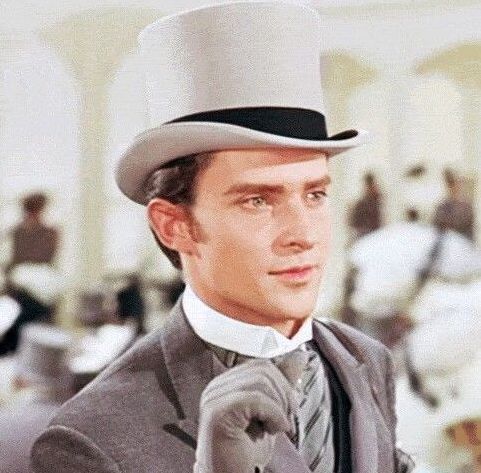
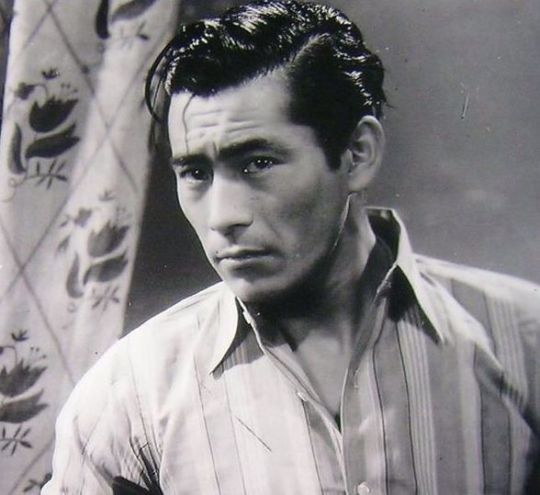
Propaganda
Jeremy Brett (My Fair Lady)—"...he was beautiful. A strange adjective to use in describing a man. I use it not to suggest effeminacy or a kind of male prettiness, but in the same way I would use it to describe a throughbred stallion, Michelangelo's David or Gershwin's Rhapsody in Blue. There was with Jeremy Huggins [Brett's non- stage name] a perfection and sublime symmetry in his features that was beautiful." [quote from "Bending the Willow" by David Stuart Davies]
Toshiro Mifune (Rashumon, Seven Samurai, Grand Prix, Stray Dog)—i love and respect my boi tab hunter (rest in peace you beautiful, beautiful man ❤️), but after i watched like 12 of his movies in a row on tcm last year, i ALSO love and respect toshiro mifune, son of a literal actual hatamoto’s (a high-ranking samurai) daughter, also very possibly related to the best judokan EVER, AND, he’s the guy who SHOULD have been obi-wan kenobi. the fact that he’s ALSO hot as hell just adds to his appeal.
This is one of four polls in the tournament quarterfinals. All other polls in this bracket can be found here. Please reblog with further support of your beloved hot sexy vintage man.
THIS POLL LASTS FOR 24 HOURS.
[additional propaganda submitted under the cut.]
Jeremy Brett propaganda:


"according to critic Kenneth Tynan a 'too beautiful' Hamlet."
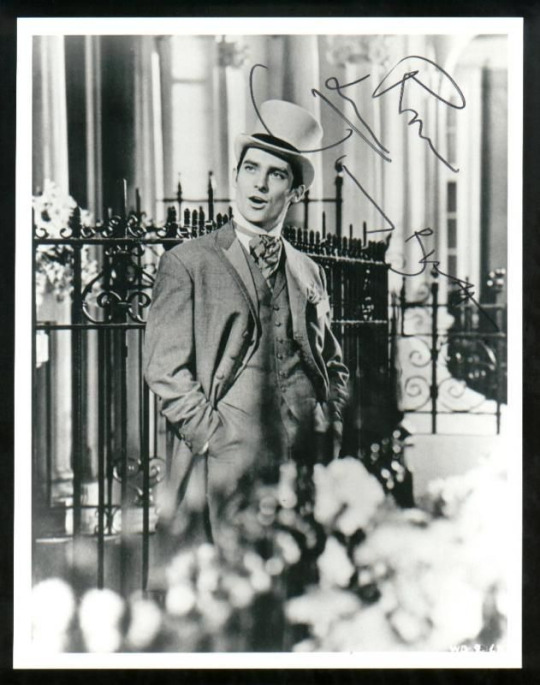
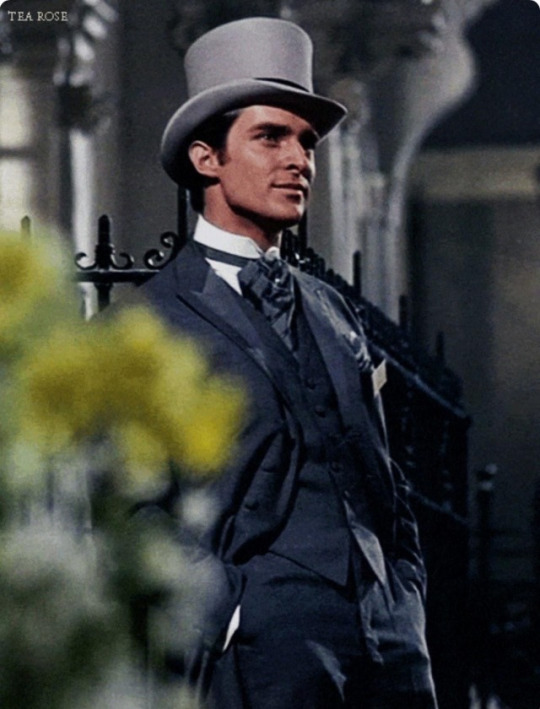
"he’s such a himbo sunshine boy in my fair lady"

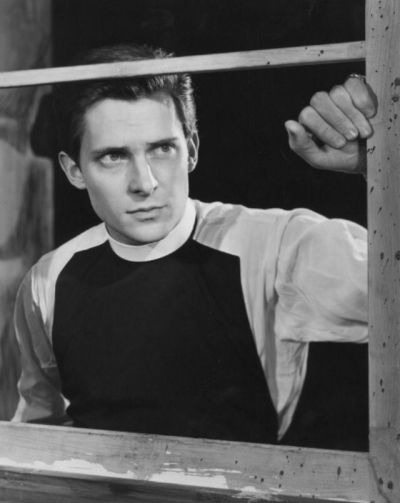

“not technically propaganda because it won’t let me save the images but just found out my bi king jeremy brett played patroclus https://www.jeremy-brett.fr/crbst_183.html and also apparently dorian gray in the 60s and basil hallward in the 70s?? range.”

"...as a dashing D'Artagnan in The Three Musketeers (1966/67) (Duelling is no problem! XD)”
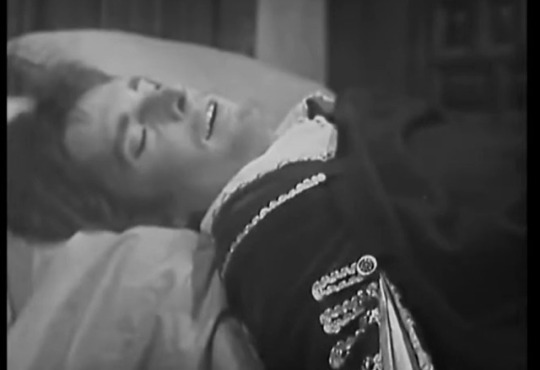
“dropping to sleep - Jeremy is far too handsome to play d'art and also too tall, lol”
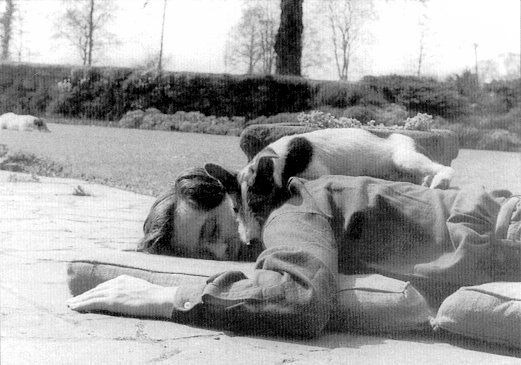
Toshiro Mifune propaganda:

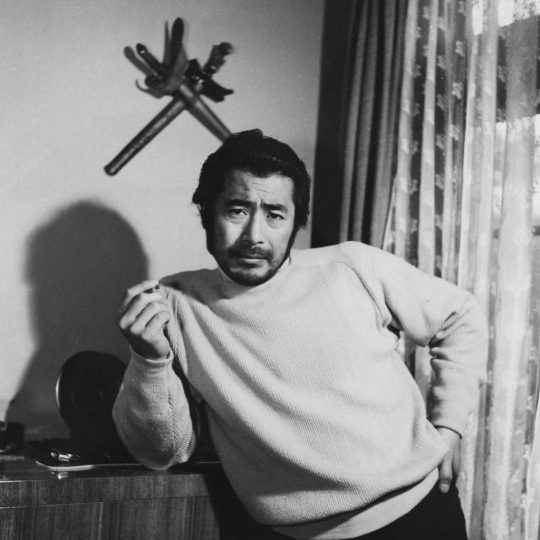
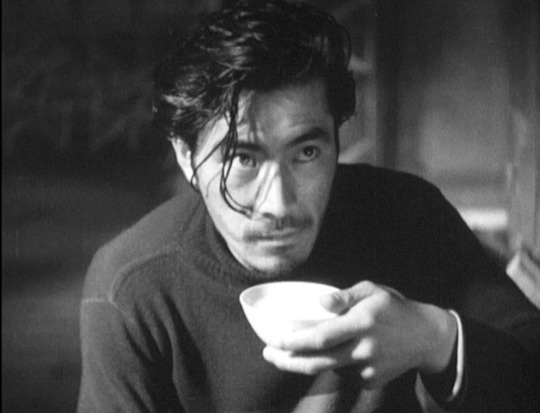
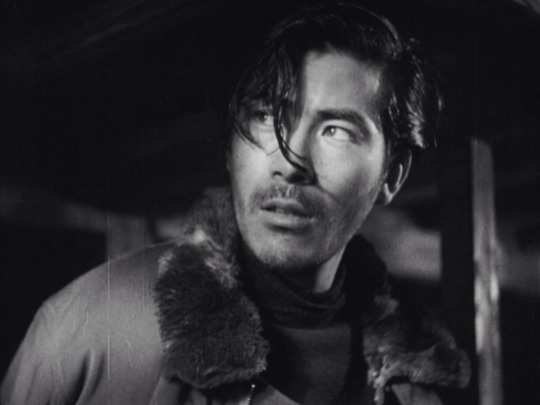
"In addition, he spoke fluent mandarin and every time he was casted in foreign films, he said his lines in the language of the movie (although they ended up dubbing him. He wasn’t happy about it though).”

Submitted: this gifset
Also submitted: this video (yes, that one)

"Crucial Toshiro Mifune propaganda: THOSE LEGS."
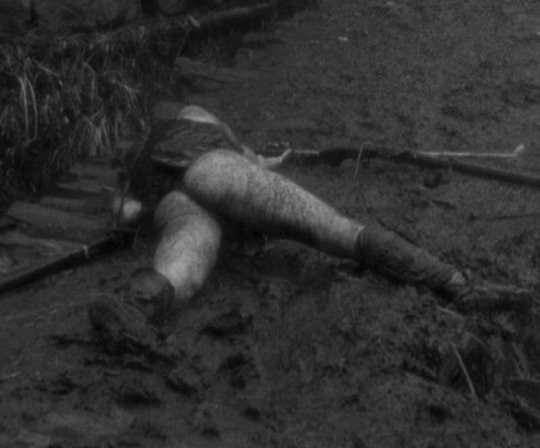
"That is hella muscle. Go watch The Hidden Fortress, aka Star Wars A New Hope. His thighs deserve an award."
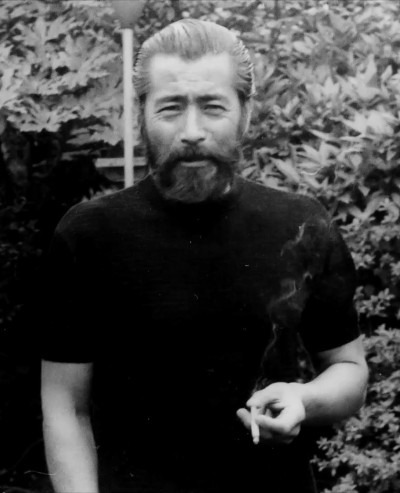

782 notes
·
View notes
Text
TGCF: My theory on the inspiration behind the 4 calamities
In some of the oldest Chinese myths and legends, there are 4 guardian gods of the four cardinal directions - the green dragon, white tiger, crimson bird, and black tortoise, and each have a colour, season and element associated with them.
I'm not sure if anyone has made this connection before, but I'm writing it down if anyone is interested. There are spoilers about the calamities' identity.
First, the 青龙 (qing long, green dragon) --> Qi Rong, Night-touring Green lantern.
The qinglong's territory is the East, and its colour is qing, which means green, or turqoise. Its element is wood, and its season is spring. Closely associated with royalty and the imperial family.
Now, for the similarities with our favourite green goblin. "qing" is literally the colour in Qi Rong's title, and his colour scheme. Qi Rong has a habit of hanging corpses from trees, which may be his relation to the element "wood". He does not have any obvious coleration with the season "spring"- perhaps he was born in spring. He is royalty, part of the imperial family as cousin to the crown prince.
Second, the 白虎 (bai hu, white tiger)--> Bai Wuxiang, White Clothed Disaster upon the Earth.
The baihu's territory is the West, its colour is white, element is gold/metal, and its season is summer. It is the king of all beasts, associated with disease and war, often used as a guardian symbol by soldiers.
On the other hand, Jun Wu's title, alias and colour scheme are all white, and has plenty of weapons that may be his link to the element of "gold/metal". I don't think he has anything to do with summer, but feel free to correct me if I'm wrong. He is king of the gods, a god of war, and the one to spread the human face disease.
As east and west are considered a pair, the guardian spirits are meant to reflect each other. In Chinese poems and such, symmetry is important, and both Qi Rong and Jun Wu were princes, one becoming revered by the highest of gods, covered with masks and false identities, one becoming the object of disgust by the lowest of ghosts, using his real name and face. There is a certain poetic symmetry to it, don't you think?
To the second pair. The 朱雀 (zhu que, crimson bird)----> Hua Cheng, Crimson Rain Sought Flower
The zhuque rules over the south, its colour is red, element is fire, and its season is summer. It is the king of all birds, more powerful than even the phoenix, immortal and undying. As such, in many places it is also considered a symbol of life.
Now, to the most popular ghost king: Hua Cheng. The english translation of his title is "crimson", and his colour scheme is indubitably red and autumn-y shades. He also re-re-met Xie Lian in autumn ( I think - I mean, the leaves were all red in the donghua??), and has died again and again to return like the zhuque. He is the king of all ghosts, with a great determination to live(sorta? are ghosts alive??) for his love.
Lastly, my personal favourite, the 玄武 (xuan wu, black tortoise)---->He Xuan, Black Water Sinking Ships
The xuanwu, also called a tortoise, is actually the only spirit to be a combination of 2 animals, a snake and a tortoise. It rules over the north. Its colour is black( sometimes depicted as dark blue), element is water, and its season is winter. In earlier legends, he is considered a guide and guardian to the netherworld, of death and of long life.
Thus, to our poor indebted water ghost. He Xuan's name is "xuan", the same! goddamn! character! as the spirit! His title and colour scheme are all to do with the colour black, and he is a water ghost because he died because of the Water Master. He has been marked by death, yet survived and vowed revenge. This, and the fact that his house is called the Nether Water Manor, is probably his relation to the netherworld of the xuanwu.
To the pair of south and north. Both Hua Cheng and He Xuan have suffered and suffered again, yet Hua Cheng chooses to linger on due to hope and love, and He Xuan due to revenge and hatred. But hatred and love are two sides of the same coin. If Hua Cheng hadn't experienced the hatred from his childhood, he wouldn't have thrown himself from the city wall and met Xie Lian. If He Xuan hadn't loved his family, so much, he wouldn't have broken that hard after their deaths to lose himself to hatred and empty vengence.
Aaaaaand that concludes this essay. Keep in mind that this is a theory, and probably even isn't true, but if anybody wants a more detailed description of the guardian spirits, or to know more about the similarities between the mythical creatures of ancient china and tgcf, I will be more than happy to make a part 2.
Thanks for reading!!
#he xuan#tgcf#bai wuxiang#hua cheng#qi rong#four great calamities#heaven official's blessing#tian guan ci fu#black water submerging boats#black water sinking ships#night-touring green lantern#crimson rain sought flower#white-clothed calamity#shan hai jing#meta#tgcf meta
470 notes
·
View notes
Note
how to describe? Houses, rooms, interiors, palaces, etc?
Creating immersive descriptions of indoor spaces is more than just scene setting—it’s an invitation to the reader to step into your world. Describing the interior of buildings with vivid detail can draw readers into your narrative. So let’s explore how to describe interiors using multiple sensory experiences and contexts.
Sights
Lighting: soft glow of lamps, harsh fluorescent lights, or natural light.
Colour and textures; peeling paint, plush velvet, or sleek marble.
Size and scale: is it claustrophobically small or impressively grand?
Architectural features: high ceilings, crown mouldings, or exposed beams.
Furnishings: are they modern, sparse, antique, or cluttered?
Style and decor: what style is represented, and how does it affect the atmosphere?
State of repair: is the space well-kept, neglected, or under renovation?
Perspective and layout: how do spaces flow into each other?
Unique design features: describe sculptural elements, or things that stand out.
Spatial relationships: describe how objects are arranged—what’s next to, across from, or underneath something else?
Sounds
Describe echoes in large spaces or the muffled quality of sound in carpeted or furnished rooms.
Note background noises; is there a persistent hum of an air conditioner, or the tick of a clock?
Describe the sound of footsteps; do they click, scuff, or are they inaudible?
Include voices; are they loud and echoing or soft and absorbed?
Is there music? Is it piped in, coming from a live source, or perhaps drifting in from outside?
Capture the sounds of activity; typing, machinery, kitchen noises, etc.
Describe natural sounds; birds outside the window, or the rustle of trees.
Consider sound dynamics; is the space acoustically lively or deadened?
Include unexpected noises that might be unique to the building.
Consider silence as a sound quality. What does the absence of noise convey?
Smells
Identify cleaning products or air fresheners. Do they create a sterile or inviting smell?
Describe cooking smells if near a kitchen; can you identify specific foods?
Mention natural scents; does the room smell of wood, plants, or stone?
Are there musty or stale smells in less ventilated spaces?
Note the smell of new materials; fresh paint, new carpet, or upholstery.
Point out if there’s an absence of smell, which can be as notable as a powerful scent.
Consider personal scents; perfume, sweat, or the hint of someone’s presence.
Include scents from outside that find their way in; ocean air, city smells, etc.
Use metaphors and similes to relate unfamiliar smells to common experiences.
Describe intensity and layering of scents; is there a primary scent supported by subtler ones?
Activities
Describe people’s actions; are they relaxing, working, hurried, or leisurely?
Does the space have a traditional use? What do people come there to do?
Note mechanical activity; elevators moving, printers printing, etc.
Include interactions; are people talking, arguing, or collaborating?
Mention solitary activities; someone reading, writing, or involved in a hobby.
Capture movements; are there servers bustling about, or a janitor sweeping?
Observe routines and rituals; opening blinds in the morning, locking doors at night.
Include energetic activities; perhaps children playing or a bustling trade floor.
Note restful moments; spaces where people come to unwind or reflect.
Describe cultural or community activities that might be unique to the space.
Decorative style
Describe the overall style; is it minimalist, baroque, industrial, or something else?
Note period influences; does the decor reflect a specific era or design movement?
Include colour schemes and how they play with or against each other.
Mention patterns; on wallpaper, upholstery, or tiles.
Describe textural contrasts; rough against smooth, shiny against matte.
Observe symmetry or asymmetry in design.
Note the presence of signature pieces; a chandelier, an antique desk, or a modern art installation.
Mention thematic elements; nautical, floral, astronomical, etc.
Describe homemade or bespoke items that add character.
Include repetitive elements; motifs that appear throughout the space.
History
Mention historical usage; was the building repurposed, and does it keep its original function?
Describe architectural time periods; identify features that pinpoint the era of construction.
Note changes over time; upgrades, downgrades, or restorations.
Include historical events that took place within or affected the building.
Mention local or regional history that influenced the building’s design or function.
Describe preservation efforts; are there plaques, restored areas, or visible signs of aging?
#writers#creative writing#writing#writing community#writers of tumblr#creative writers#writing inspiration#writeblr#writerblr#writing tips#writing advice#writblr#writers corner#advice for authors#helping writers#help for writers#writing help#writing quick tips#writing asks#writer#writing resources#writers on tumblr#writers and poets#how to write#writer stuff#writer's block#writers block#beat writers block#setting the scene#writing descriptions
336 notes
·
View notes
Note
only tangentially related but sometimes I wonder if survivorship bias makes us view modern art as less than older art, that time and cultural memory acts as a natural bullshit filter, that actually people were just as vapid and pretentious back then, but none of the vapid and pretentious work had enough cultural value stick around to be examined now
I think it's partly this, but it's partly something else.
This is probably gonna piss a lot of people off, but I think in a particular sense, contemporary art is just... straightforwardly more advanced than older art. I know, I know, but hear me out: I don't mean that as a value judgement. What I mean is like...
Ok, take math as an example. Math started out talking about things that everybody's heard of: triangles, circles, whole numbers. But as those concepts were better understood, they got abstracted more and more. Symmetries of shapes where abstracted to symmetry groups, numbers abstracted to rings and fields, eventually it was all abstracted to category theory, and so on. And now if you look at major research topics in modern math, things like e.g. the Langlands program, as a non-expert, it often looks like a bunch of fucking nonsense about bullshit objects that don't have anything to do with the real world! But even though I don't understand the Langlands program itself, I know enough math to understand why all the levels of abstraction that I have understood are meaningful and valuable, and I can see why going even further would be too. And math is useful enough that the results often speak for themselves.
So I think contemporary art is much like this. If you read contemporary art theory, you will immediately see that it is all very meta. Art used to be made about very concrete things—people and nice looking vistas and so on—that anyone could understand. And then theorists came along and built up frameworks for thinking about art, because they wanted to understand why that art worked, why it was powerful and emotive. And then new, avant-garde artist came along and made art about the frameworks, pushing at their edge-cases or exploring their unintuitive implications. And then new frameworks were built up to understand that art, rinse and repeat. This account is, as I understand it, a little bit ahistorical—the building and the pushing of frameworks was often simultaneous and often not clearly articulated. Although, frankly, the same could be said for the history of math. But in retrospect I think a pretty undeniable picture emerges.
So, to put it bluntly, I think one of the reasons so much contemporary art looks vapid is that it isn't for you. It's about things you've never heard of, in the same way that category theory is about spaces and morphisms, and explaining that to someone who's never heard of groups or topological spaces is basically impossible. And I think there are some differences—art is obviously, you know, totally vibes based in a way that math isn't. If a big wire sculpture with styrofoam cups on it or whatever doesn't speak to you then it doesn't speak to you, no one can defend it on "objective" grounds. And art isn't useful in the way that math is, so it doesn't demonstrate its validity to people who don't get it in any way. But what I wish people understood is that there are people, who know a bunch of art theory and art history, who that wire sculpture with styrofoam cups on it does speak to. It makes them go "oh, I love how it plays off of X and contrasts with Y" etc. etc. And that isn't going to happen for you because, like, you don't know what X or Y even are! But that doesn't make it valueless, it just makes it insular. Which, you know, contemporary art really is! I think there are a lot of contemporary artists who claim to not be doing what I just described, who claim to be making art "for everybody", but I think if you read their artist statements and stuff it often becomes pretty clear that this is not the case. And this is a valid criticism of contemporary art! But "vapid" is mostly not.
Pretentious, definitely. It's pretentious as fuck.
1K notes
·
View notes